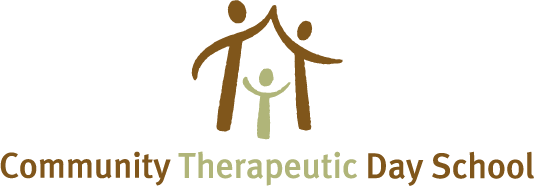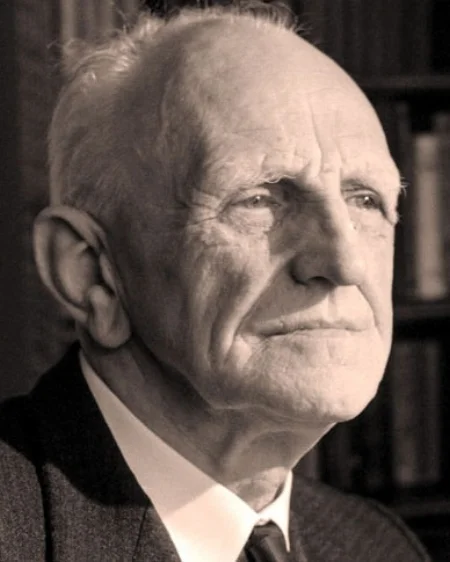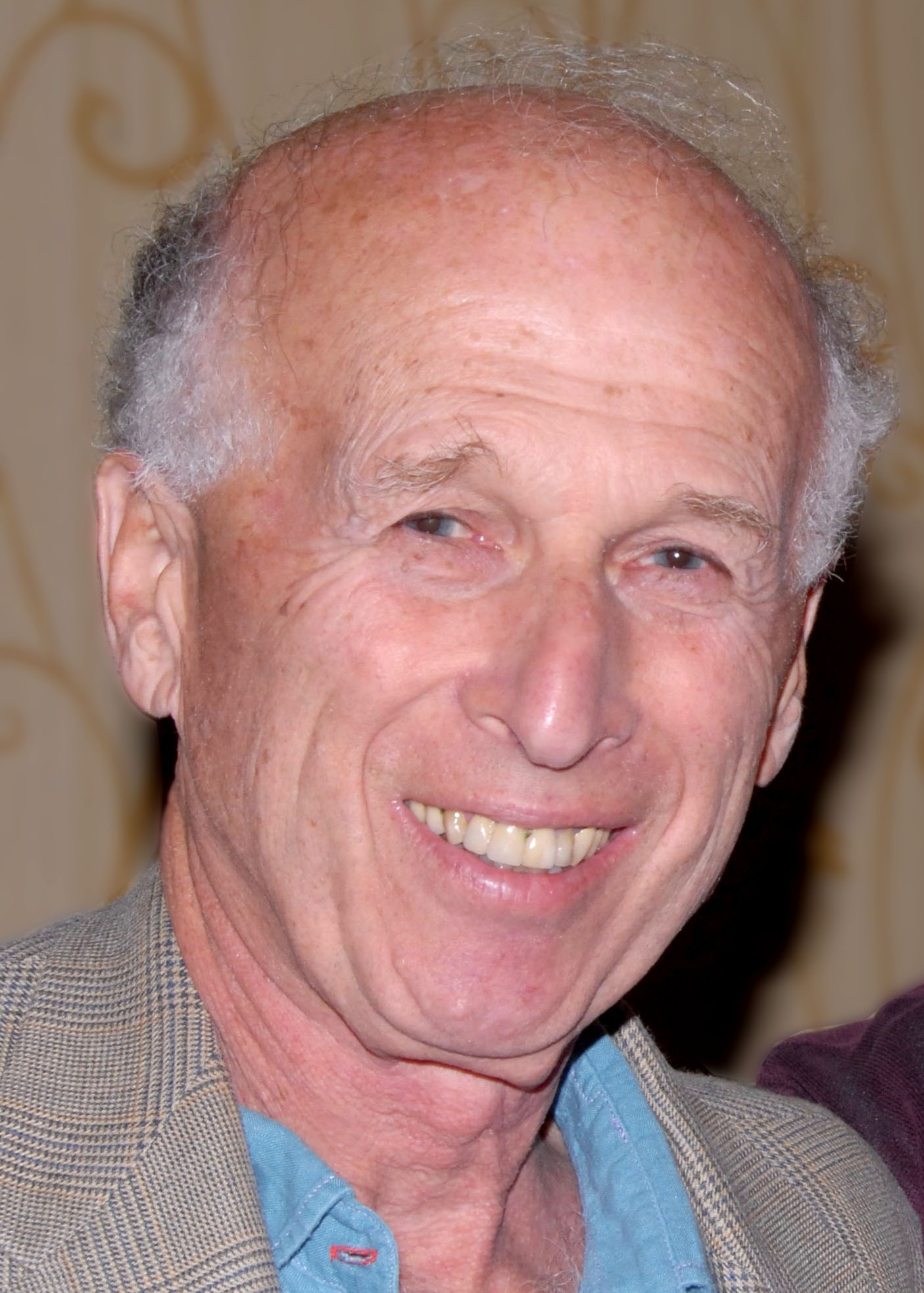Philosophy
Our Values
• Through careful and intensive observation we are able to develop an in-depth clinical understanding of each child’s individual experience of the world.
• With an open mind and curiosity we join the child in exploring the complexities of their world.
• The significant connection between child and staff enhances the child’s capacity to engage more fully in their social and emotional development and learning.
• With the safety of a holding environment, children are encouraged to take risks in areas where their disabilities impact their lives.
• In the process of learning from our children about their disabilities we gain a deeper understanding of ourselves and collectively create a knowledge base that serves to strengthen our teaching.
• In conjunction with a multidisciplinary approach, our collaboration with the child’s family is critical to the successful integration of the child’s world.
The Holding Environment
The theoretical framework that largely shapes the way CTDS thinks about children is based on the writings and lectures of D.W. Winnicott (England 1886-1971). Dr. Winnicott, pictured left, began his medical career in pediatrics. He became increasingly interested and involved in child psychology and ultimately practiced as a child psychiatrist and psychoanalyst. In his work Winnicott explores the relationships between the child, the family and the outside world. His work focuses on how children mature, and the influence of environment on development. According to Winnicott, the world in which we live is defined by our internal experiences, our relationships and our creativity. Winnicott defines creativity as the process of “doing what arises out of being”. Winnicott makes distinctions between what is natural and what is learned. At CTDS the child with developmental/learning difficulties brings together the teacher, the parent and the doctor with the common goal of understanding, caring for and educating the child. This collaboration is called ‘the holding environment’. It is within the concept of the holding environment that: “What is not natural, can be learned.”
“The holding environment makes possible the steady progress of the maturational process. But the environment does not make the child. At best it enables the child to realize potential.” — Donald Winnicott, MD
The Profile
Since 1974, our staff has worked with the ‘Profile’, an assessment tool developed by the late Dr. Bruce Hauptman, psychiatrist, to evaluate each child’s neurological and emotional development in conjunction with issues of adaptation and dysfunction. Due to early developmental disorders, most of the children in the CTDS community have experienced significant disruptions, delays or deficits in social, emotional, physical, intellectual and linguistic development. The Profile, formally titled ‘The Assessment of Emotional Maturity in the Child’ is designed to gather, organize and understand information relevant to the child, their development and the impact of the environment.
Each member of the treatment team contributes his or her area of expertise to the Profile, which is presented within the first year of the child’s placement and becomes the working document that shapes a child’s educational/therapeutic program. The Profile is updated biannually and follows the child throughout his years at CTDS. The Profile is the standardized teaching/learning tool that enables the CTDS team to measure and assess a child’s progress, or lack of progress, and to adjust the child’s individualized program accordingly.
"The word diagnosis in Greek means to know thoroughly and completely. This is a goal we can never quite reach but continue to strive for. We do this by integrating best past practices with the most current knowledge from the fields of medicine, psychology, neuroscience, education, genetics and psychopharmacology in our effort to arrive at the best possible understanding of our children and their families and to help them towards the most optimal of life's goals." — Dr. Bruce Hauptman



